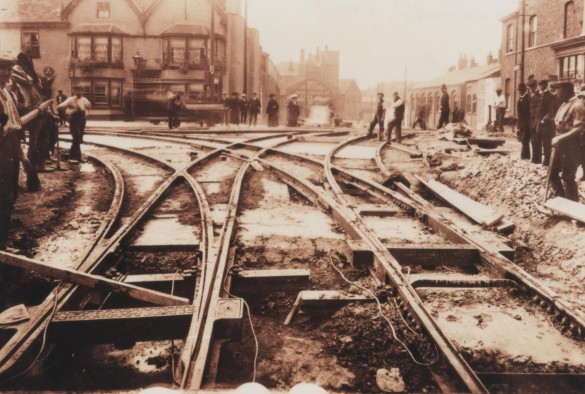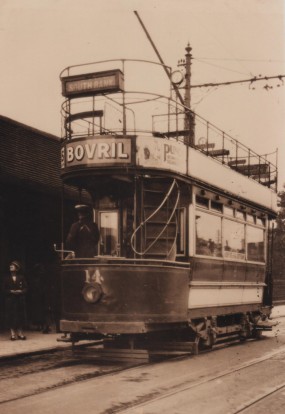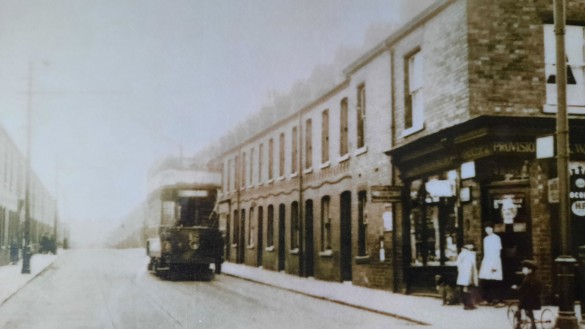



View navigation

 Four new tramcars to the same specification as those already in service elsewhere on the Corporation’s tramway system were ordered in December 1911, from the British Thompson-Houston Company, at a price of £550.10s 0d per tramcar. The tramcars were of the Brush 4-wheel type, with an 8-foot 6-inch (2.59 metres) wheelbase and two 25 horsepower motors. They were an open top double decker type, with an open staircase, canopy platform, 30 upper deck seats, and 22 lower deck seats. Livery was royal blue and ivory cream, with lining and lettering in gold the words 'City of York Tramways', plus the City coat of arms.
Four new tramcars to the same specification as those already in service elsewhere on the Corporation’s tramway system were ordered in December 1911, from the British Thompson-Houston Company, at a price of £550.10s 0d per tramcar. The tramcars were of the Brush 4-wheel type, with an 8-foot 6-inch (2.59 metres) wheelbase and two 25 horsepower motors. They were an open top double decker type, with an open staircase, canopy platform, 30 upper deck seats, and 22 lower deck seats. Livery was royal blue and ivory cream, with lining and lettering in gold the words 'City of York Tramways', plus the City coat of arms.